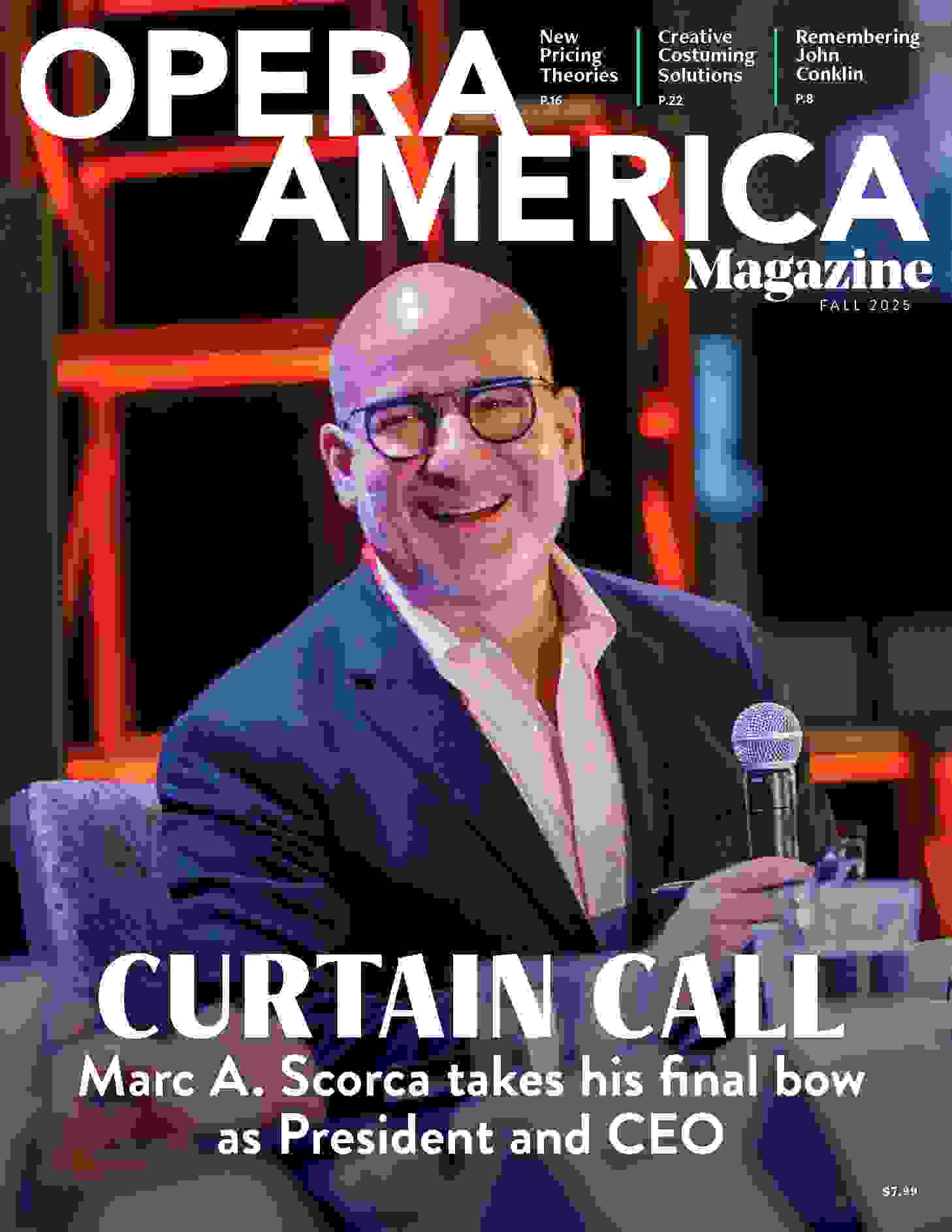Community-Centric Fundraising for Opera Companies
Raising money is essential to the business model of nearly all nonprofit organizations, including opera companies. But do our practices of fundraising support our commitment to enrich the world for everyone in our community? And are they sustainable with future generations of donors?
In recent years, a BIPOC-led group of fundraisers — originating in Seattle and now global in reach — has proposed a need for changing practices of philanthropy. They established Community-Centric Fundraising, a movement “to evolve how fundraising is done in the nonprofit sector” through lenses of social and economic justice. The movement invites the sector to examine established fundraising conventions and aspire toward a more equitable model that promotes belonging, interdependence, and mutual support. It envisions a world in which every nonprofit puts the needs of its community first.
Community-centric fundraising has meaningful implications for the opera industry. Our field continues to fight against perceptions of opera as elitist and erudite. Opera companies have espoused messages of “opera for all” in their marketing and community engagement, yet many engrained fundraising practices undercut these intentions and perpetuate unwelcoming perceptions of the art form: intermission lounges for the privileged, recognition for the worthy, galas for the wealthy, seats at the board table for the rich.
In summer 2020, an OPERA America working group of opera fundraisers stepped forward to consider how the concepts of the Community-Centric Fundraising movement apply to practices at opera companies. The founders of the movement, who established the 10 CCF Principles, came from a wide variety of nonprofits. While the fundamentals of fundraising for social causes and fundraising for opera are largely the same, the OPERA America working group noted that the performing arts have unique characteristics not directly addressed by the original principles.
Consequently, our working group expounded on the established concepts of community-centric fundraising. We started by tailoring each of the original 10 principles to align more closely with the opera industry and accompanied these with definitions and thought prompts. We built upon the CCF Aligned Actions List to develop a list of action steps for opera — concrete examples of how the changes prescribed by the principles could be implemented.
This introduction to “Community-Centric Fundraising for Opera” is meant to bring fundraisers, senior staff, trustees, donors, and others together in dialogue about the movement. At the same time companies are making commitments for diversity in their hiring, casting, and programming, what changes are needed in fundraising? How can a company’s revenue engine align with, reflect, and advance its values?
This document provides a starting point. Lasting, sustainable change will not happen overnight. Not every principle will apply to every company in the same way, nor will every action item make sense in every fundraising operation. Company leaders should discuss their priorities on how to get started with community-centric fundraising.
A final note: The practices of community-centric fundraising cannot exist in isolation. They must be part of an opera company’s organizational commitment to equity, diversity, and inclusion. They must be supported from the top down, aligned with strategic goals that have been determined with company-wide input. That doesn’t mean that a development manager is powerless without the buy-in of their supervisor; incremental change can begin from the ranks. But to be most effective, staff and board leaders should come together in endorsing the community-centric approach.






